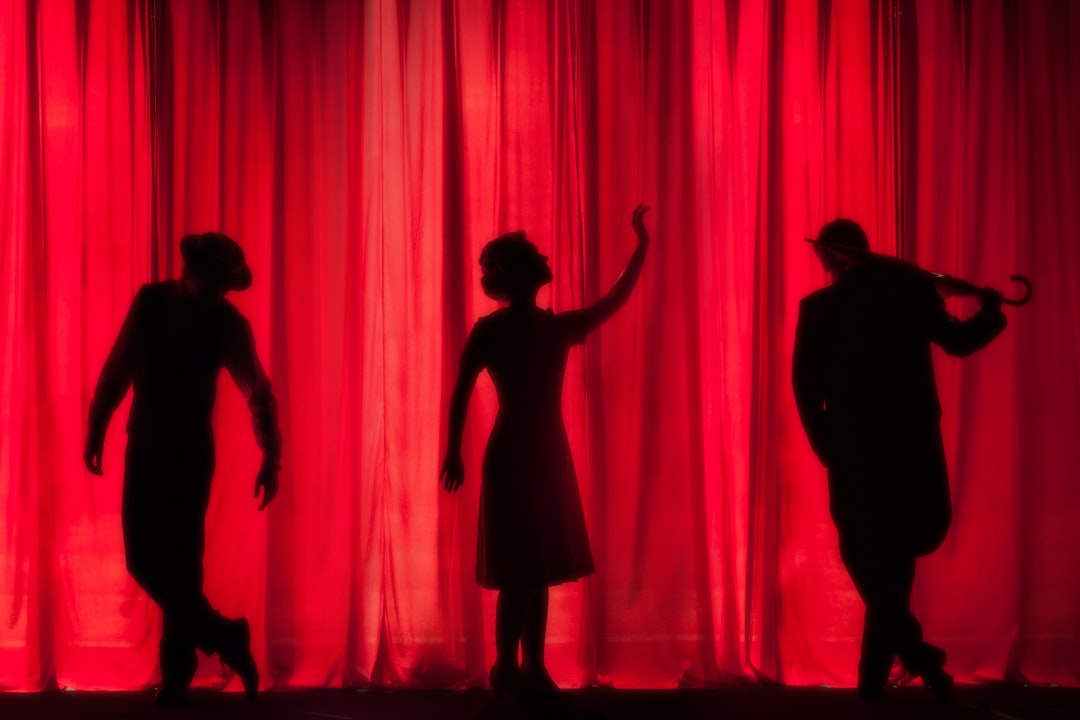What is it about?
Engaging senses in the museum experience design enables emotional visitor responses and makes the experience more memorable. The aim of this study was to discover a potential relationship between visual and aural stimuli and emotions to provide guidelines for the design of sensory museum experiences. To do so, the study used self-report and psychophysiological measures (skin conductance rate, zygomaticus major and corrugator supercilii activity). The results indicated sound and visual stimulus to be equally accurate in inducing specific emotions on the self-report measures, while psychophysiological measures showed sound to cause higher arousal than visual stimuli for the majority of the emotions, joy to be more strongly elicited by means of sound, while sadness by visual stimuli. Guidelines for the designers of sensory museum experiences are provided at the end of the article. Future studies should try to confirm these findings on a more representative sample, using neuroimaging techniques.
Featured Image

Photo by Sofia Costa on Unsplash
Why is it important?
The results could support designers of sensory museum experiences in designing memorable and affective exhibitions thus developing new audiences and building on their loyalty.
Perspectives
I really enjoyed working on this project with a well selected and broad team of experts. An added value is the application of the results also in everyday situations.
Daniela Angelina Jelincic
Institute for Development and International Relations
Read the Original
This page is a summary of: Designing sensory museum experiences for visitors’ emotional responses, Museum Management and Curatorship, July 2021, Taylor & Francis,
DOI: 10.1080/09647775.2021.1954985.
You can read the full text:
Contributors
The following have contributed to this page










